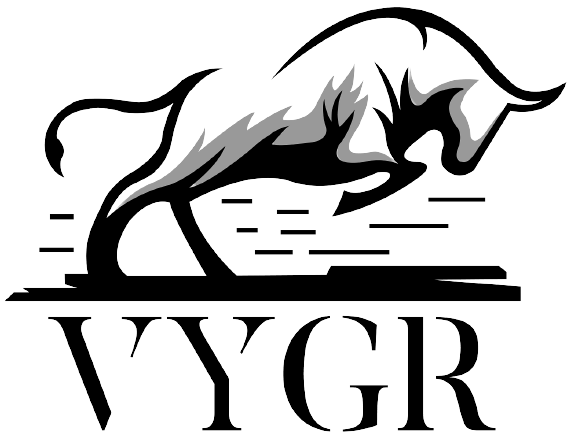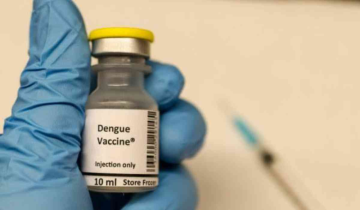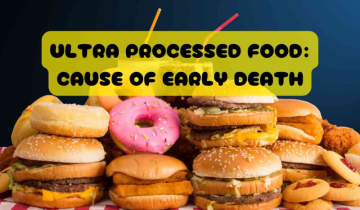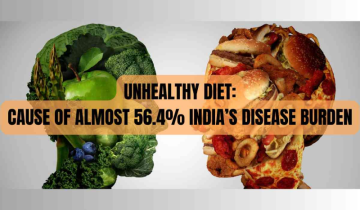The recent decade has witnessed a disconcerting shift in heart attack trends, with an alarming rise in cases among individuals aged 30 to 35, challenging the notion that heart attacks in the young were once rare. For startling examples, we can go through the web and find different instances like a 22-year-old man with blockages in all three arteries, illustrating the severity of the issue and the need for immediate medical intervention, to pilots dying at the airports, flights and international hotels, to school children dying and to people falling like flies during a festive event. Even athletes have not been spared with this play.
Recently, Bollywood's grief over the loss of filmmaker Sanjay Gadhvi not only highlights the film industry's sorrow but also emphasizes the pressing concern of cardiovascular complications affecting the younger demographic.
Understanding the disease:
A heart attack happens when something blocks the blood flow to part of the heart. This blockage, often caused by cholesterol and fat buildup, creates a clot in the heart's blood vessels. These vessels supply oxygen-rich blood to the heart muscle. When a clot forms, it stops the blood flow, depriving the heart muscle of oxygen and nutrients. This can harm or even kill the heart tissue. The seriousness of a heart attack varies, so quick medical help is vital to reduce damage and increase chances of survival.
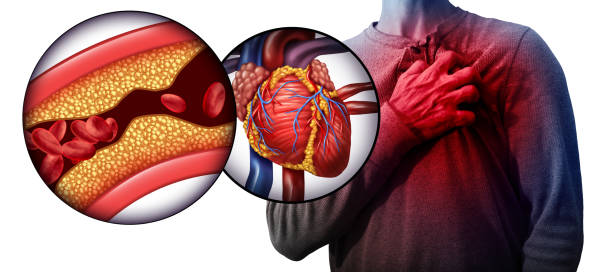
Reasons Why the Youth is at Risk:
1. Exercise-Induced Sudden Death: Hypertrophic Cardiomyopathy (HCM) is a clinical condition that thickens the heart muscle, making it harder to pump blood. This condition, usually caused by abnormal genes, affects one in a thousand people. Cases of sudden cardiac arrest during physical exertion, even at a young age, are attributed to HCM.
2. Triggers Beyond Genetics:
- Diabetes: Emerging as a key risk factor for early heart attacks, diabetes increases the likelihood of heart disease up to four times. Elevated blood sugar levels damage blood vessels, promoting fat deposition and atherosclerosis.
- Hypertension: Work-life stress and an unhealthy lifestyle contribute to high blood pressure, a significant risk for heart attacks in younger individuals.
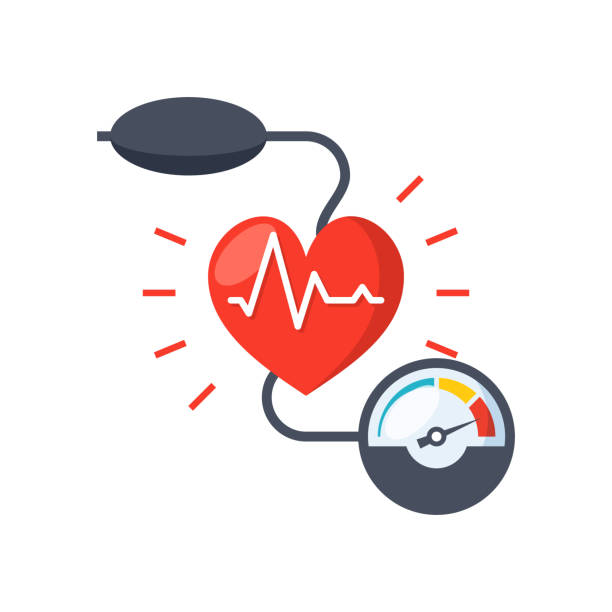
- Obesity: Overweight individuals, even if otherwise healthy, exert undue pressure on organs, including the heart. Unhealthy eating habits, stress-eating, and reliance on processed or fast food contribute to fat accumulation and the risk of heart-related issues.
- Smoking: Cigarettes and vaping double the risk of a heart attack in young adults. Chemicals in cigarette smoke thicken blood, forming clots inside arteries.

- High Haemoglobin Levels: Indicative of a rare blood disorder called polycythemia, accelerated by smoking, it causes blood to become stickier and thicker, leading to clots, heart attacks, and stroke.
- Substance Abuse: Some substances elevate heart rate, tighten blood vessels, and increase blood pressure, contributing to heart attack risks.
- Gym Body Fixation and Protein Powders: Unregulated protein powders containing contaminants, saturated fats, and added sugars, coupled with overexertion in the gym, can create conditions conducive to heart attacks.
Prevention Strategies:
1. Early Screening Tests: Initiating screening tests like echocardiograms and ECGs at the school level can detect anomalies in heart structure and electrical impulses, providing early indicators of potential heart issues.
2. Family History Awareness: Basic heart tests are recommended between ages 20 and 30, regardless of reproductive age assumptions.
3. Gym Membership Protocols: Mandatory medical testing, including CT angiography, stress echo tests, and lipid profiles, should be linked to gym memberships. Regulatory frameworks are essential to ensure comprehensive screenings.
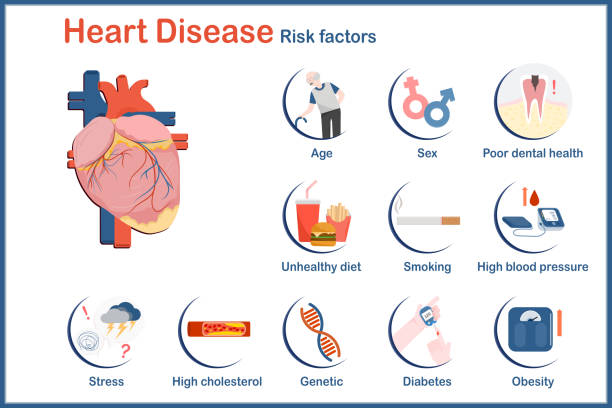
Signs of a Heart Attack:
For Men and Women:
1. Chest Discomfort: Uncomfortable pressure, squeezing, fullness, or pain in the centre of the chest that lasts more than a few minutes or goes away and comes back.
2. Upper Body Discomfort: Pain or discomfort in one or both arms, the back, neck, jaw, or stomach.
3. Shortness of Breath: Feeling short of breath with or without chest discomfort.
4. Cold Sweats, Nausea, or Light-headedness: Breaking out in a cold sweat, experiencing nausea or vomiting, or feeling lightheaded or dizzy.
5. Fatigue: Unusual fatigue, especially for women.
It's essential to note that symptoms can vary, and not everyone experiencing a heart attack will have the same signs. Women, in particular, may experience symptoms different from those commonly associated with men, such as shortness of breath, nausea, vomiting, and back or jaw pain.
If someone suspects they are having a heart attack or if they observe these symptoms in another person, seeking emergency medical attention immediately is critical. Early intervention can help limit the damage to the heart muscle and improve the chances of recovery.
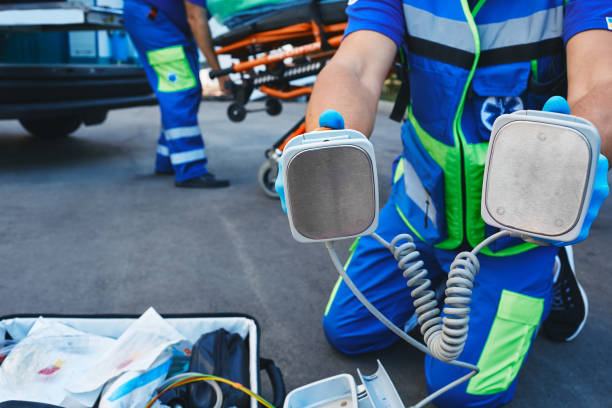
Conclusion:
As we face these challenges, it is important for us to gain knowledge from global examples and expert insights. By working together to address lifestyle factors, promote healthy habits, and prioritize comprehensive healthcare, we can aim for a healthier future for the younger generation. Sanjay Gadhvi's legacy, which is characterized by creativity and passion, should not only be acknowledged in the film industry but also serve as an inspiration for a wider conversation on heart health and well-being. This will ensure that both the industry and society as a whole take important measures to reduce the increasing risk of heart attacks among young people.
Ⓒ Copyright 2023. All Rights Reserved Powered by Vygr Media.
